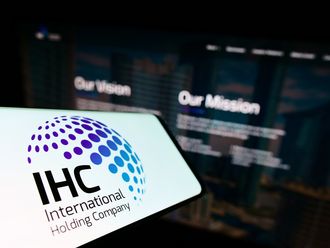Dubai: The GCC's health care sector is forecast to triple in worth from $18 billion (Dh66.10 billion) to $55 billion by 2020, according to a report by Kuwait Finance House Research Limited.
An estimated $10 billion worth of health care projects are planned or under way in the GCC. More than 200 new hospitals are planned or are under construction, with a total capacity of up to 27,009 beds, most of which are due to be delivered in 2015.
Hospital networks have typically evolved over time. In many health care facilities, the challenges of trying to deploy modern systems replacing older equipment and obsolete technologies are starting to show.
When medical staff is focused on the effective delivery of patient care, the availability and integrity of information can literally be a matter of life or death.
For the ICT (information communication technologies) teams that support medical staff in their work, the pressure to provide technologies that help to make them more mobile, reduce waiting period and improve productivity, while at the same time keeping operational costs down, is immense.
If health care staff is to meet new targets and identify better ways of working, with a view to improving the patient experience, it is clear that network upgrades that support next-generation wired and wireless health care applications will be needed.
Optimal network
At the same time, it is equally clear that few health care ICT teams will be provided with the resources to design optimal data network from scratch, so the priority for many will be tactical enhancements, supporting selective deployment that make a real difference to medical outcomes.
So what does today's medical staff require from networking technologies and from the ICT staff who design, implement and support them? Ali Ahmar, networking expert and regional sales manager of Brocade Communications gives an insight:
"For a start, there's the widespread migration from paper- and film-based to electronic medical records. It's no secret that paper is a major factor in out-of-control costs, inefficiencies and errors in the health care sector, but the transition to electronic medical records not only places an additional (and often multimedia) burden on existing data networks, but also increases staff reliance on them.












